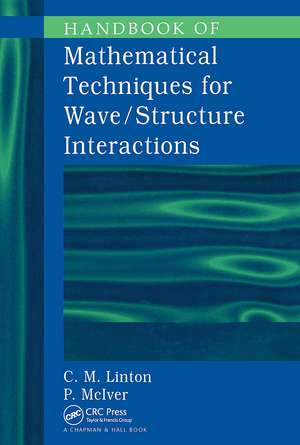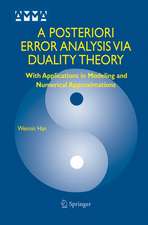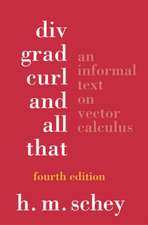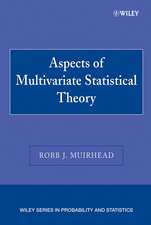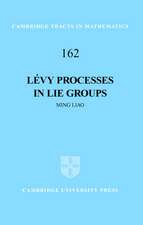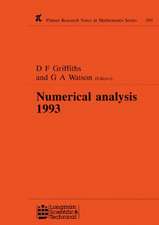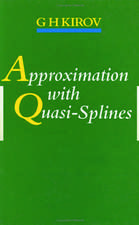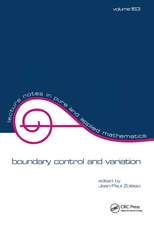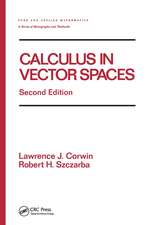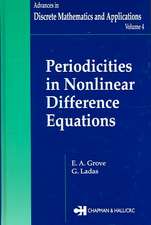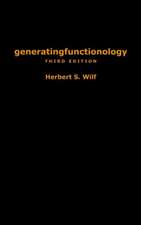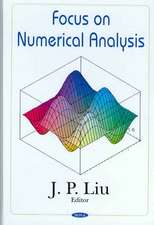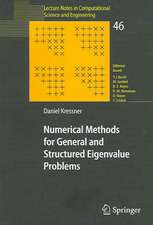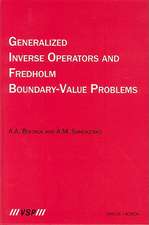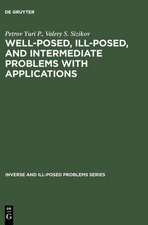Handbook of Mathematical Techniques for Wave/Structure Interactions
Autor C.M. Linton, P. McIveren Limba Engleză Hardback – 26 feb 2001
Each chapter is dedicated to a particular technique, such as eigenfunction expansions, multipoles, integral equations, and Wiener-Hopf methods. Other chapters discuss approximation techniques and variational methods. The authors describe all of the techniques in terms of wave/structure interactions, with most illustrated by application to research problems. They provide detailed explanations of the important steps within the mathematical development, and, where possible, physical interpretations of mathematical results.
Handbook of Mathematical Techniques for Wave/Structure Interactions effectively bridges the gap between the heavy computational methods preferred by some engineers and the more mathematical approach favored by others. These techniques provide a powerful means of dealing with wave/structure interactions, are readily applied to relevant problems, and illuminate those problems in a way that neither a purely computational approach nor a straight theoretical treatment can.
Preț: 1119.16 lei
Preț vechi: 1364.83 lei
-18% Nou
Puncte Express: 1679
Preț estimativ în valută:
214.18€ • 222.78$ • 176.82£
214.18€ • 222.78$ • 176.82£
Carte tipărită la comandă
Livrare economică 14-28 aprilie
Preluare comenzi: 021 569.72.76
Specificații
ISBN-13: 9781584881322
ISBN-10: 1584881321
Pagini: 316
Ilustrații: 8 tables and 1220 equations
Dimensiuni: 156 x 234 x 24 mm
Greutate: 0.74 kg
Ediția:New.
Editura: CRC Press
Colecția Chapman and Hall/CRC
ISBN-10: 1584881321
Pagini: 316
Ilustrații: 8 tables and 1220 equations
Dimensiuni: 156 x 234 x 24 mm
Greutate: 0.74 kg
Ediția:New.
Editura: CRC Press
Colecția Chapman and Hall/CRC
Public țintă
ProfessionalCuprins
Introduction. Eigenfunction Expansions. Multipole Expansions. Integral Equations. The Wiener-Hopf Technique. Scattering within Arrays. Wave Interaction with Small Structures. Variational Methods. References.
Descriere
Handbook of Mathematical Techniques for Wave/Structure Interactions effectively bridges the gap between the heavy computational methods preferred by some engineers and the more mathematical approach favored by others. Each chapter deals with a different technique, often illustrated by applications to research problems. The authors provide detailed explanations of the important steps within the mathematical development, and where possible, physical interpretations of mathematical results. The methods they describe form powerful tools that are readily applicable to real problems and illuminate those problems in a unique way.
